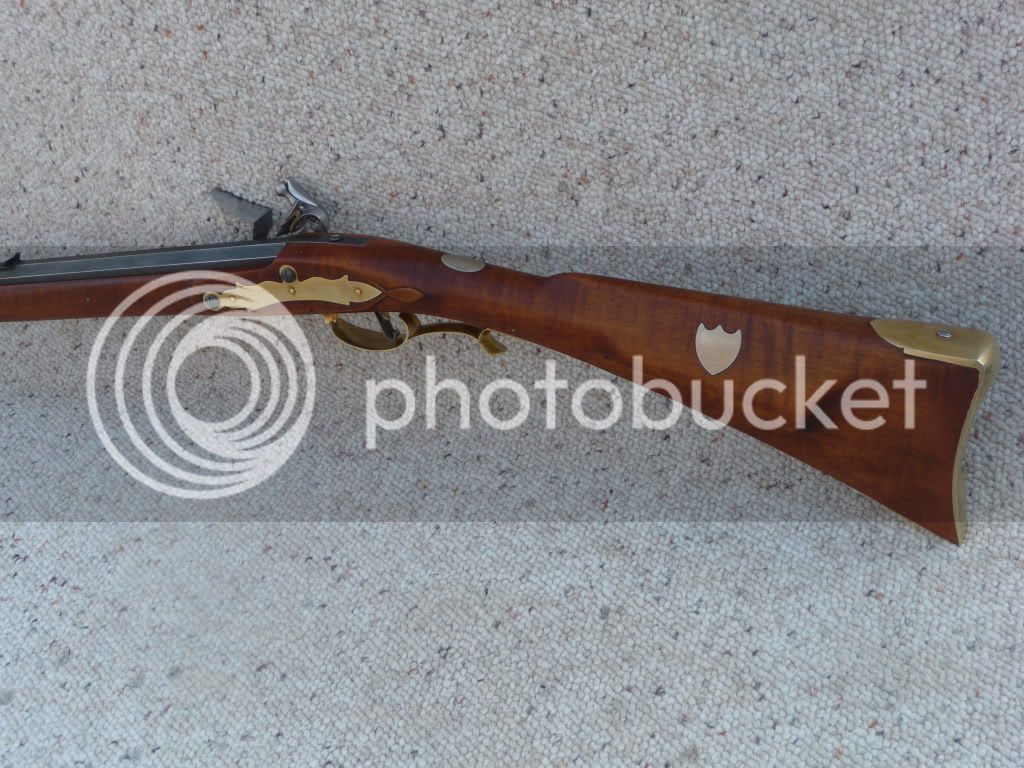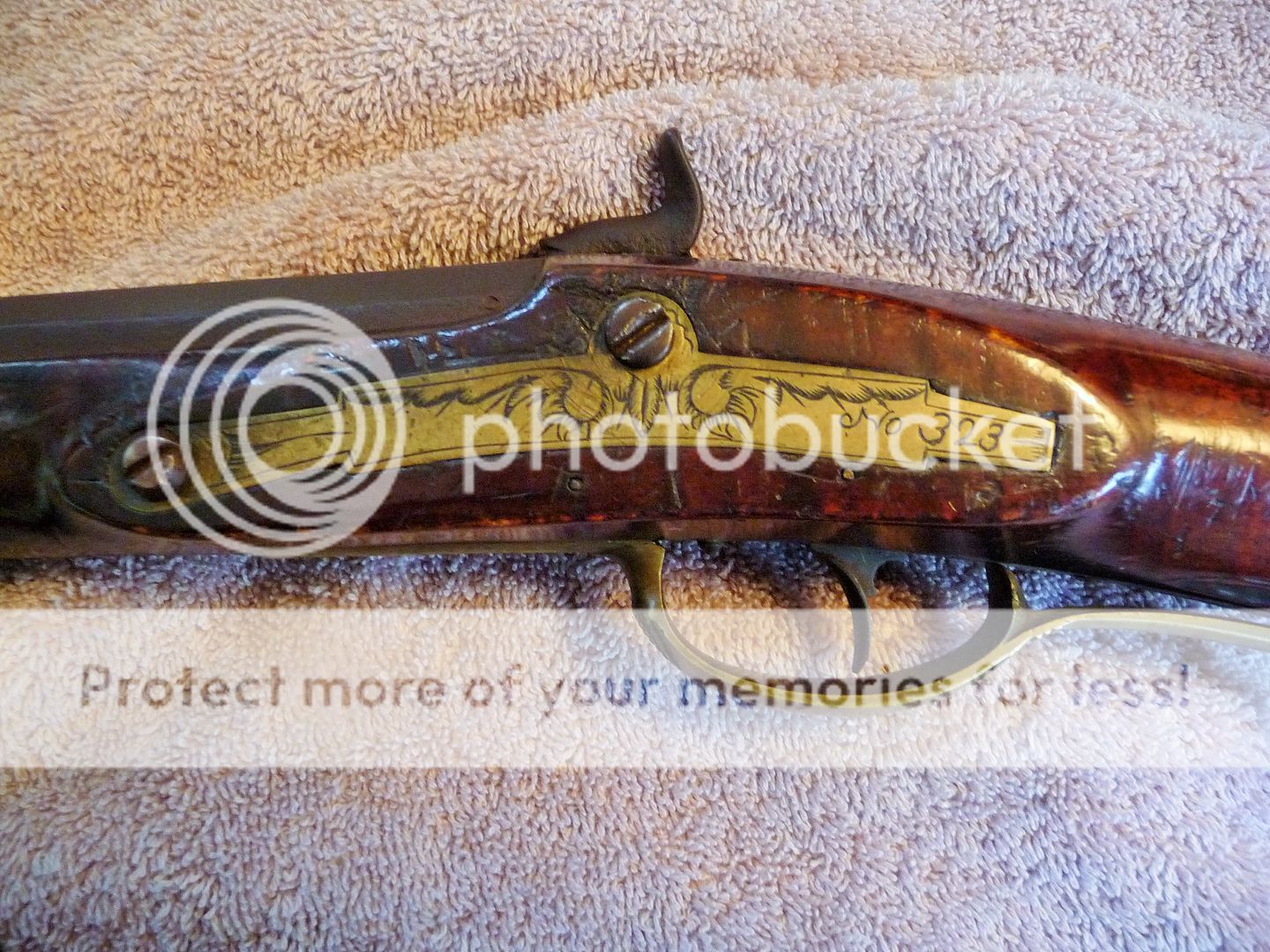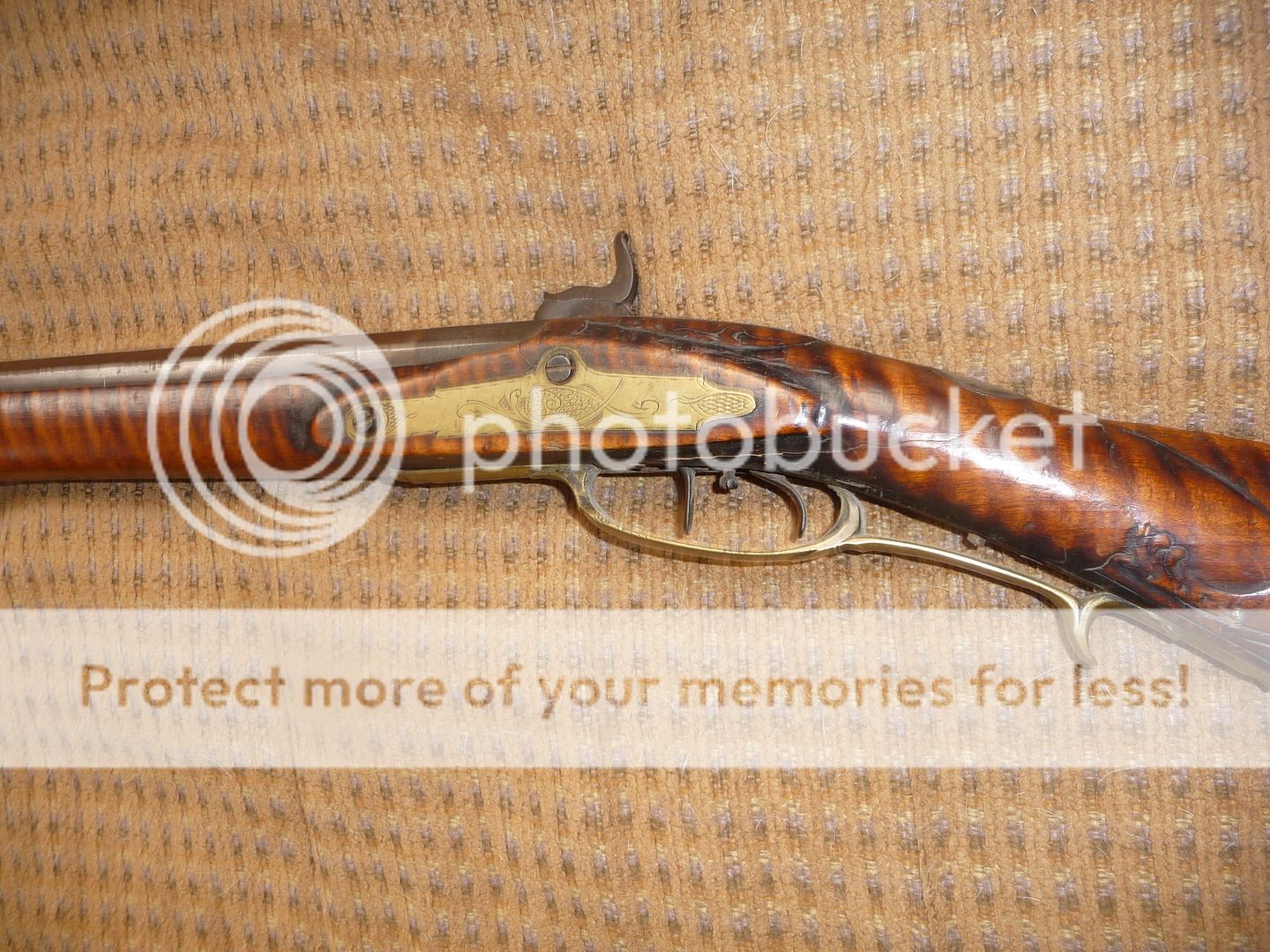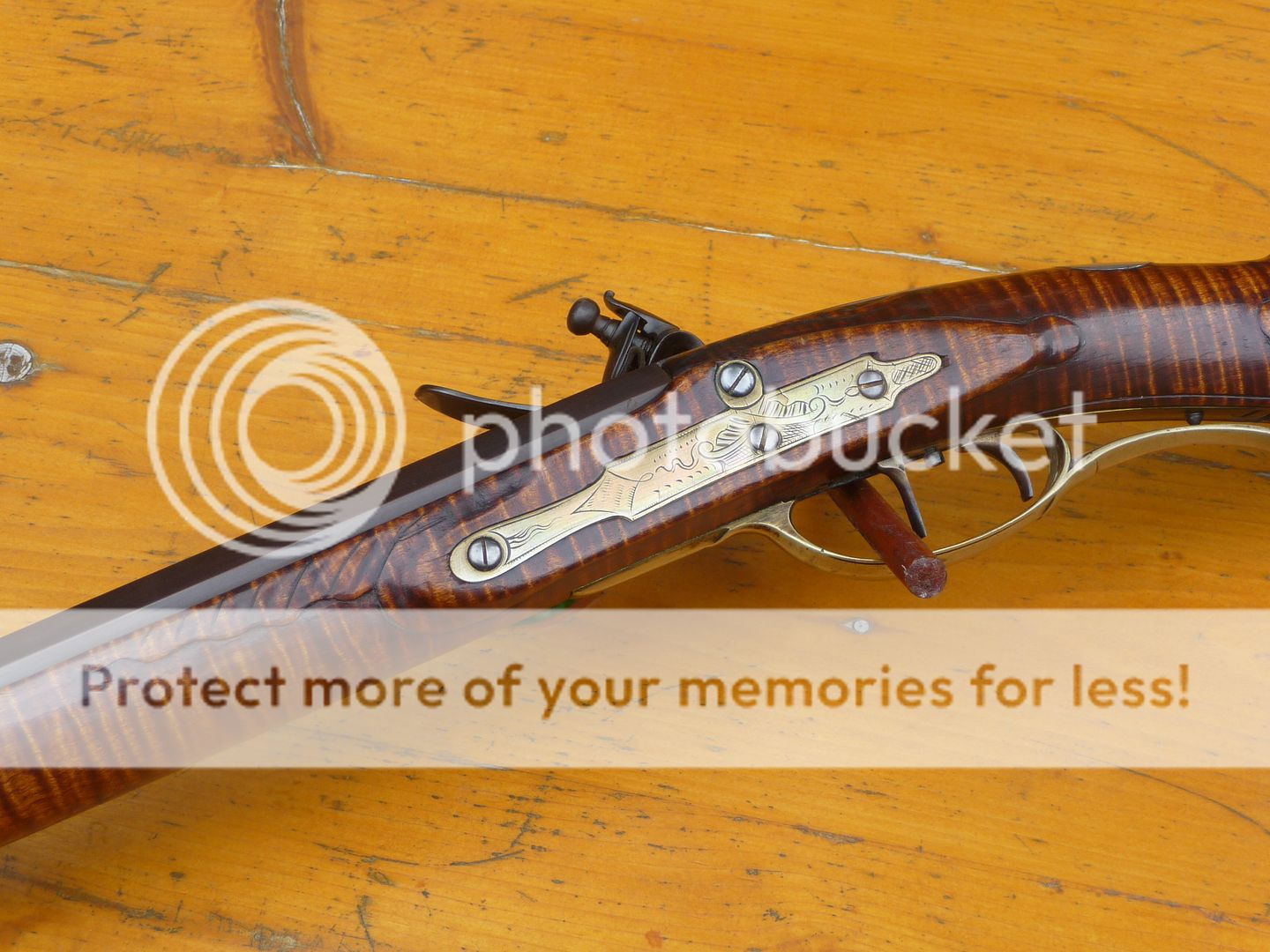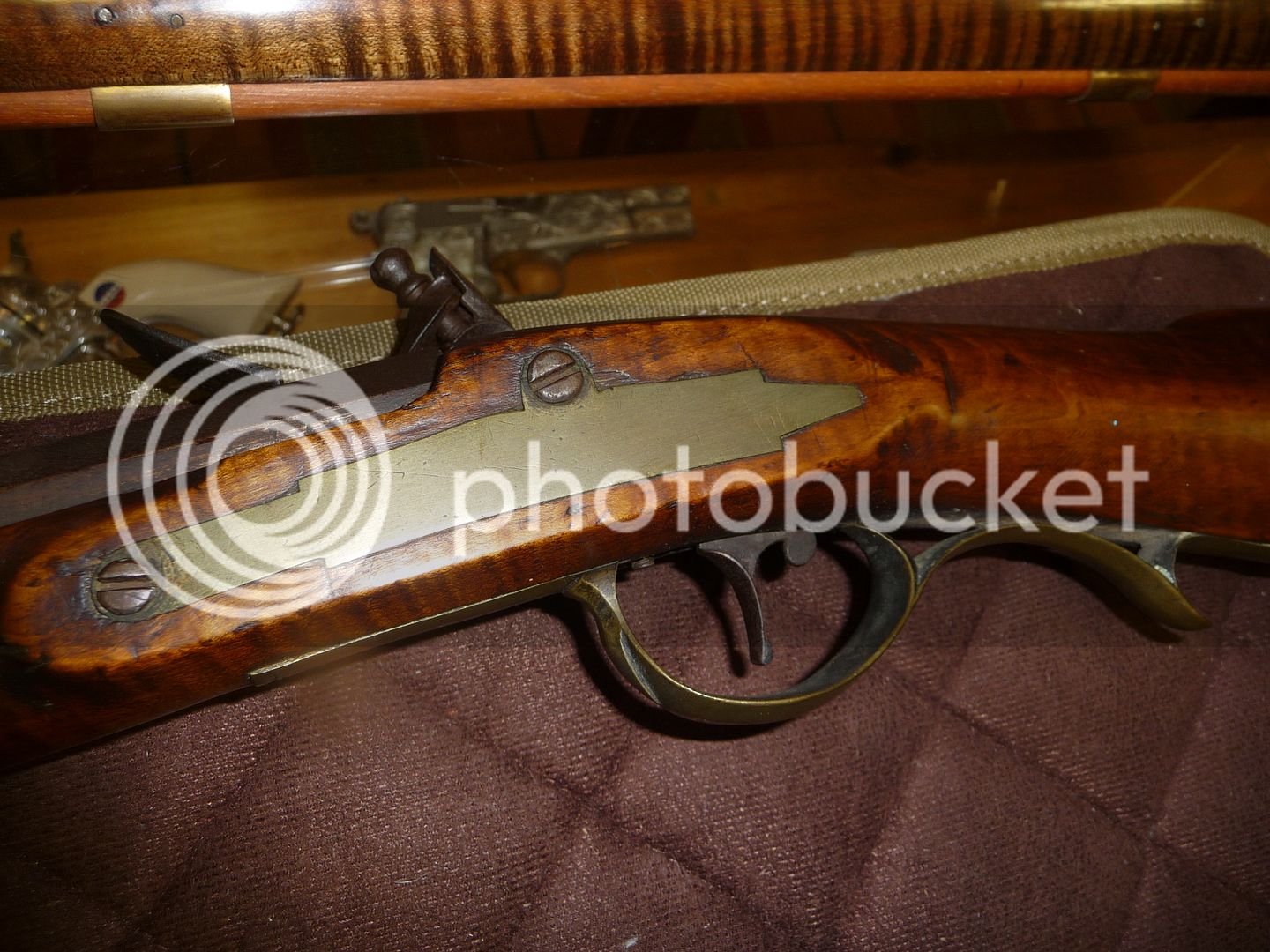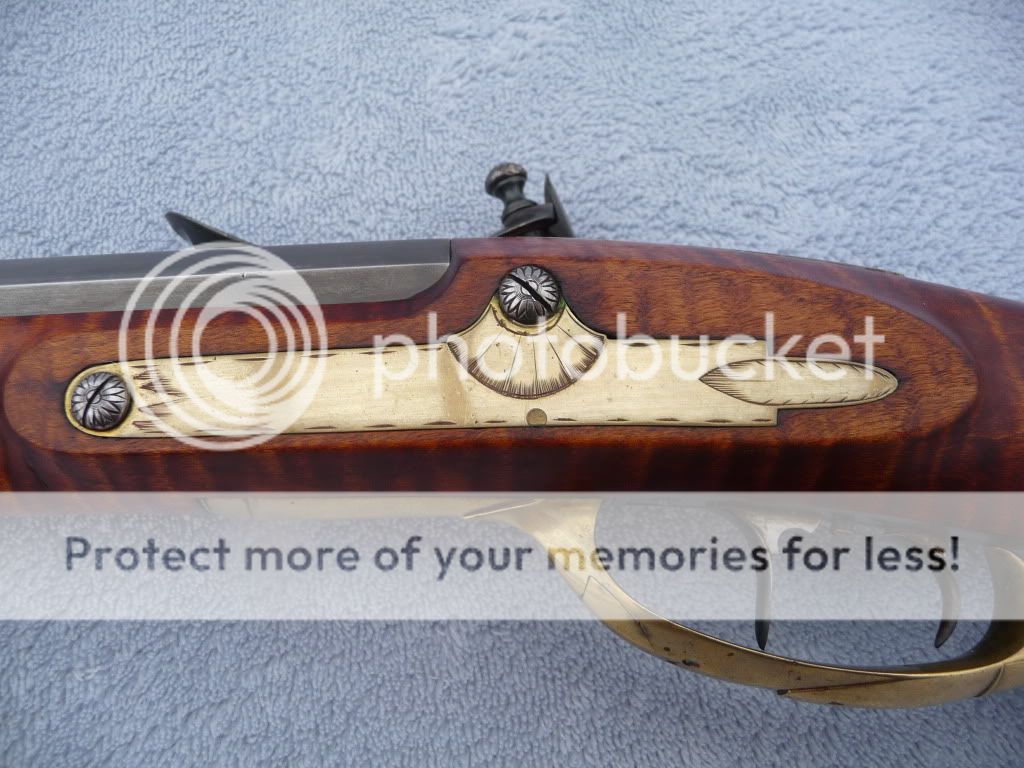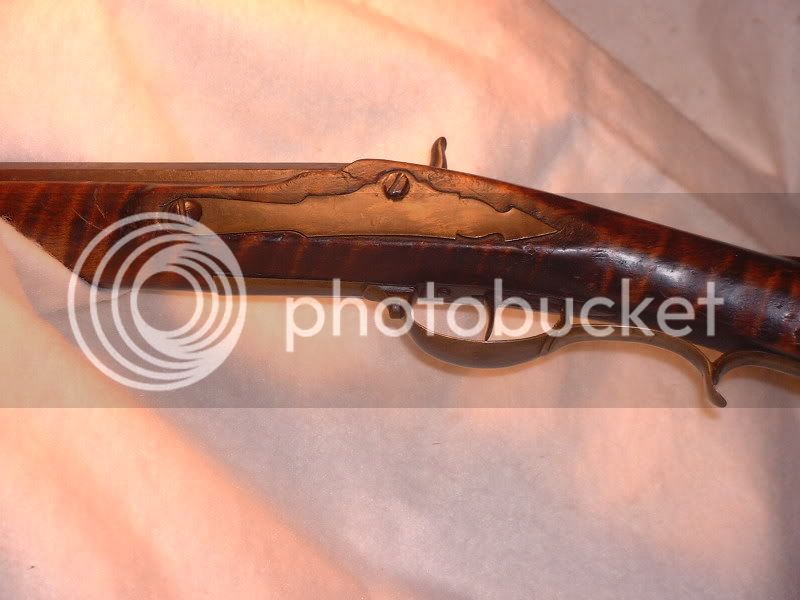Arti,
No, it doesn't matter at all. If the off side panel is flat against the drill press table, the screw heads will be flat against the side plate, regardless.
The tapped holes in the lock plate will be at a slight angle, but you'll never know.
Think about it.
No, it doesn't matter at all. If the off side panel is flat against the drill press table, the screw heads will be flat against the side plate, regardless.
The tapped holes in the lock plate will be at a slight angle, but you'll never know.
Think about it.




